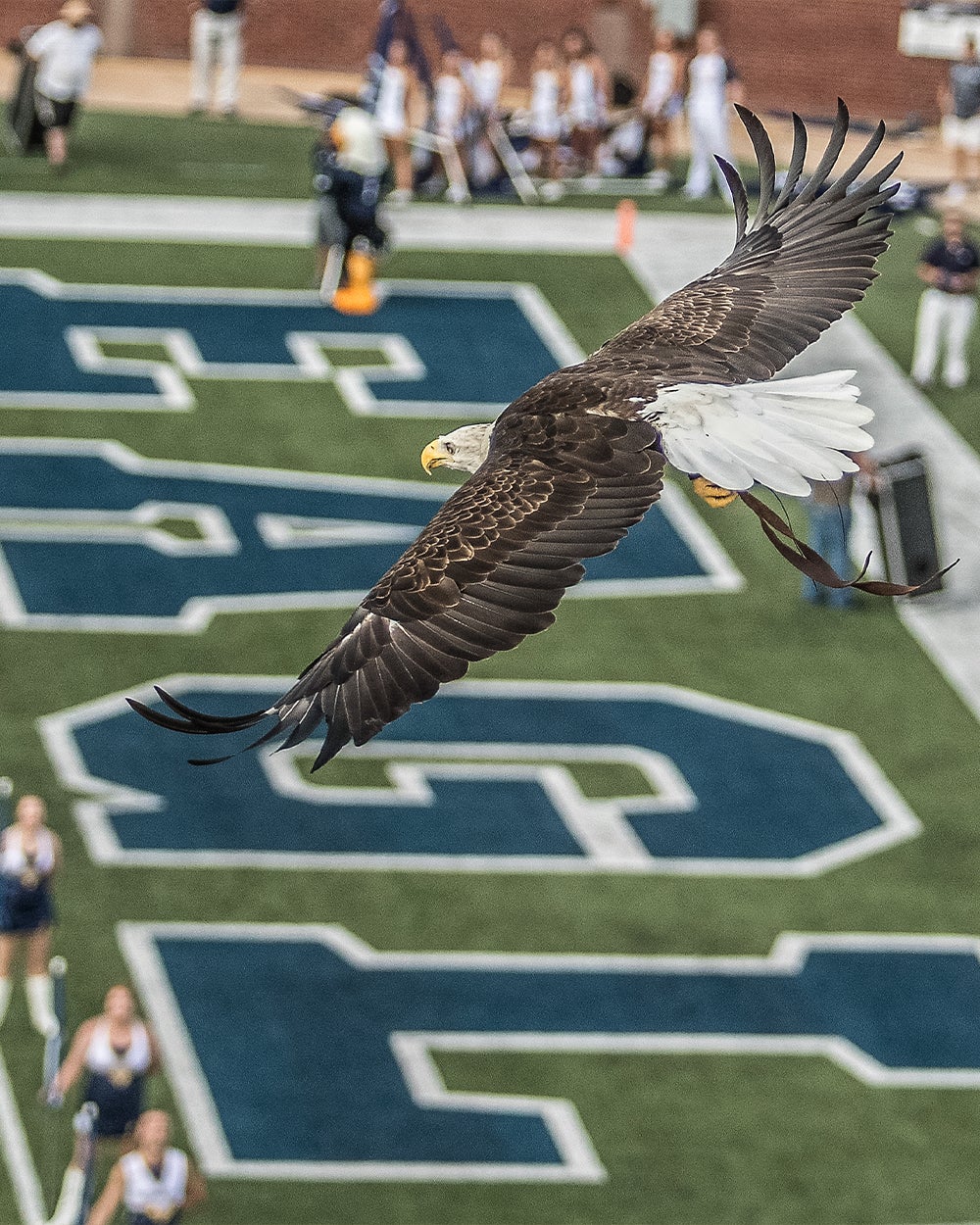Research Published by Georgia Southern University Biology Professor and Student to Be Published in International Journal
To view a video explaining Harvey’s discovery, please visithttp://www.youtube.com/watch?v=KXWcP7Sb_zo.
 Research conducted by Georgia Southern University associate professor of biology Alan Harvey, Ph.D. along with former Georgia Southern University biology graduate student Sarah Zukoff will be published in PLoS ONE, an international, peer-reviewed, open-access, online publication. PLoS ONE features reports of original research from all disciplines within science and medicine.
Research conducted by Georgia Southern University associate professor of biology Alan Harvey, Ph.D. along with former Georgia Southern University biology graduate student Sarah Zukoff will be published in PLoS ONE, an international, peer-reviewed, open-access, online publication. PLoS ONE features reports of original research from all disciplines within science and medicine.
Harvey and Zukoff recently documented the first case of wind-powered wheel locomotion in larvae of “one of the best-studied insects in North America,” the Eastern Beach Tiger Beetle Cicindela dorsalis (subspecies media). The discovery is unique as wheel locomotion, in which an animal distorts the shape of its body to form a rolling wheel, has only been reported for a few species worldwide, all of which use either gravity or their own exertions to power the wheel.
“That we could find such an astounding suite of behaviors in such a well-studied animal is very rare,” said Harvey. “These discoveries might help explain how human impacts are causing populations of this species, and perhaps others, to decline. This project also demonstrates the value of continued basic research on organisms if we want to conserve biodiversity.”
The Georgia Southern research team found that the Eastern Beach Tiger Beetle’s wheeling is initiated through spectacular leaping somersaults. At the team’s research site along the coast of Georgia, all larvae wheeled uphill due to the consistent sea breeze. Stronger winds and untrampled sands increased the proportion of larvae that wheeled, as well as both wheeling distance and speed. In some cases, larvae wheeled more than 60 meters at an estimated speed of three meters per second, the fastest ever recorded for an insect on the ground.
Harvey also notes that jumping is challenging for elongate, soft-bodied animals with short or no legs like beetle larvae. “Leaping is known for only a few animals with this ‘worm-like’ morphology. At first we thought our larvae were just wildly thrashing around until they happened to catch the breeze. But our slow-motion videos showed that they were actually making carefully timed leaps that became these beautiful aerial somersaults, which seemed to let them orient to the breeze and then ‘hit the ground rolling.’ We almost couldn’t believe our eyes.”
The two researchers suspect that the wheeling behaviors are escape responses to a type of parasitoid wasp that specializes in tiger beetle larvae around the world, which will be the focus of their next phase of research. In recent years, many species of coastal tiger beetles have suffered precipitous declines that are clearly correlated with increased human impacts such as pedestrian or vehicular traffic, although the exact reasons have been unclear. The team’s current research suggests that the negative effects of foot traffic may be indirect, preventing larvae from escaping from predators by disrupting the flat, hard surface necessary for efficient wheeling.
The University’s Master of Science degree in Biology is designed to provide innovative training in biology that will prepare students for challenging professional careers or entry into competitive Ph.D. programs. More than 92 percent of the department’s alumni are working in the biological, environmental, or health sciences; one out of every three graduates goes on to receive a terminal degree (e.g., Ph.D., M.D.). Today, graduates of the program work in 32 states and 10 countries.
Georgia Southern’s location provides easy access to the amazing biodiversity of the southeastern United States. Students in the program have a variety of research opportunities and are able to take advantage of the department’s numerous affiliations. In the recent past, graduate students have worked closely with the U.S. Fish and Wildlife Service, National Park Service, National Oceanic and Atmospheric Association, The Nature Conservancy, U.S. Army (Fort Stewart), Georgia Department of Natural Resources, Skidaway Institute of Oceanography, Sapelo Island Estuarine Research Reserve, Gray’s Reef National Marine Sanctuary, and many more agencies abroad.
Posted in Archive, Press Releases

